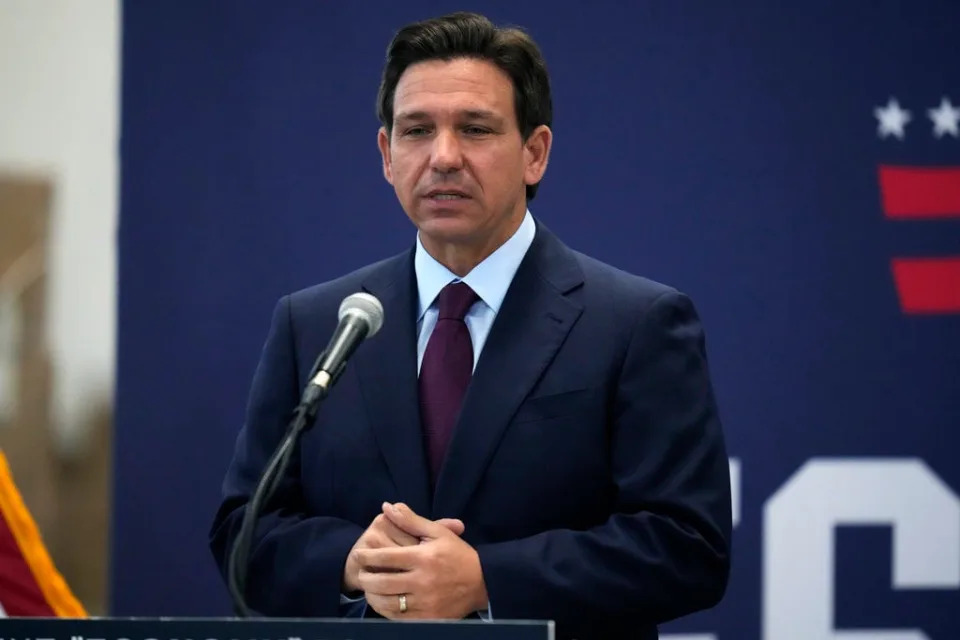Ethiopia Recognizes Somaliland in Exchange for Seaport Access

The semiautonomous region of Somaliland has signed a long-anticipated port access deal with Ethiopia, angering the national government of Somalia.
The access deal with Ethiopia is a key piece of Somaliland's plans to develop its maritime economy. Berbera, a seaport located in the territory's far west, is being redeveloped by DP World to accommodate container ships. The deal signed with Ethiopia will ensure access to Berbera, and will "pave the way to realize the aspiration of Ethiopia to secure access to the sea and diversify its access to seaport," according to the Somaliland government.
In exchange, Ethiopia will become the first nation ever to formally recognize Somaliland as an independent country, separate from Somalia.
The question of its independence is complex. Somalia and Somaliland have a contentious relationship. The northern province broke away from Somalia in 1991 and has been self-governing in relative peace ever since; it seeks recognition as an independent country, though it has yet to convince any established nation to agree.
Somalia's government contends that Somaliland is an inherent part of Somali territory and cannot be an independent state. Even within Somaliland, there are competing political factions promoting reunification with Somalia, as well as continued independence.
Mohamed Abdullahi Mohamed Farmaajo, president of Somalia, said in a statement Monday that the access deal infringed on Somalia's right to control its own borders. "The agreement signed by Ethiopia with Somaliland today is a serious concern for Somalia and the whole of Africa. Respect for sovereignty and territorial integrity is the anchor for regional stability and bilateral cooperation. The Somali government must respond appropriately," said Farmaajo.
For Ethiopia, the port access deal helps to resolve a major economic and strategic problem. When Eritrea broke away from Ethiopia and closed its borders to the world in the 1990s, the Ethiopian economy was cut off from the sea, and it has been dependent on neighboring Djibouti's seaport ever since (for a price). Ethiopian Prime Minister Abiy Ahmed has recently asserted a historical, sovereign right through Eritrean territory to access maritime trade, raising fears of renewed conflict; the deal with Somaliland may relieve some of the pressure behind that demand.












